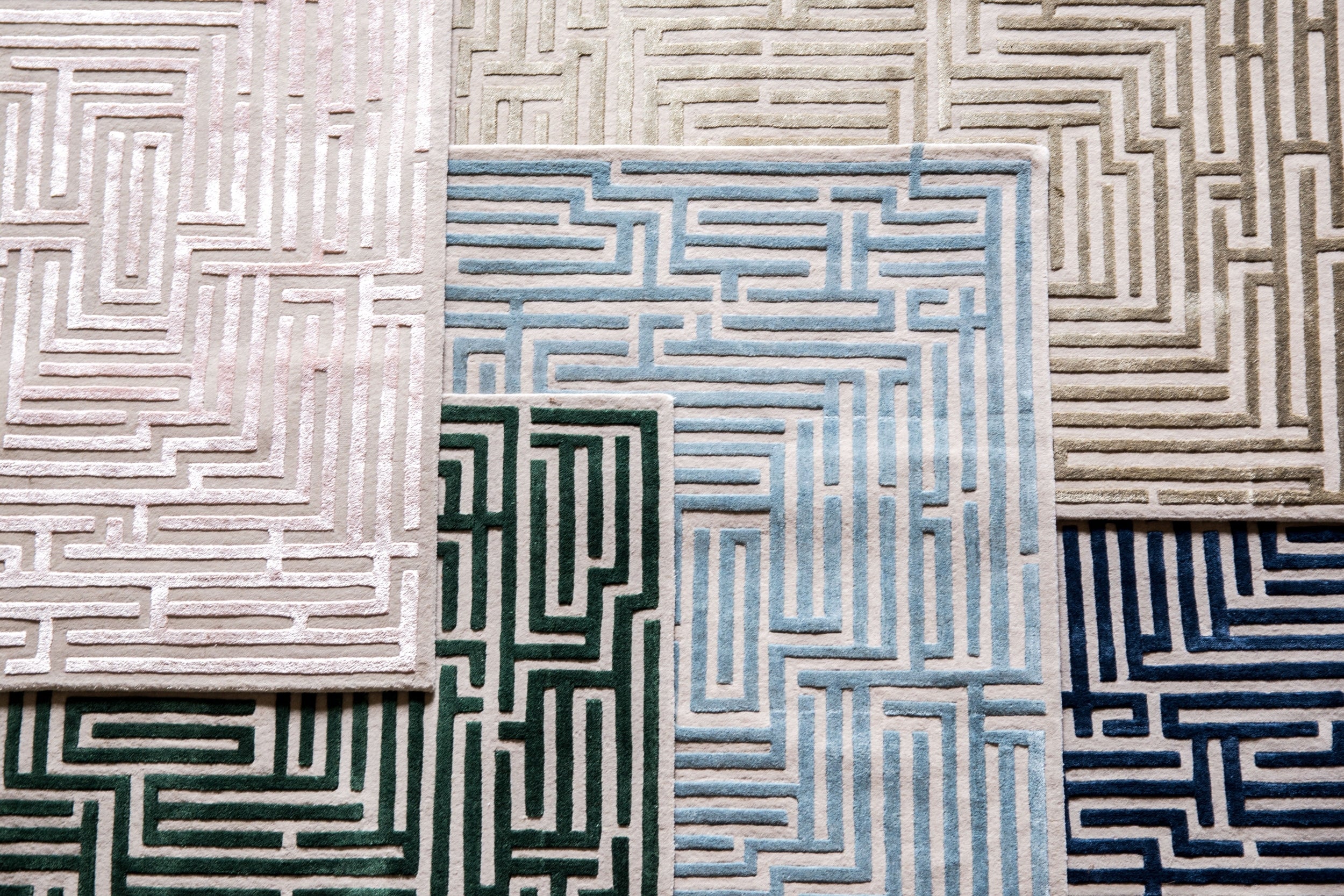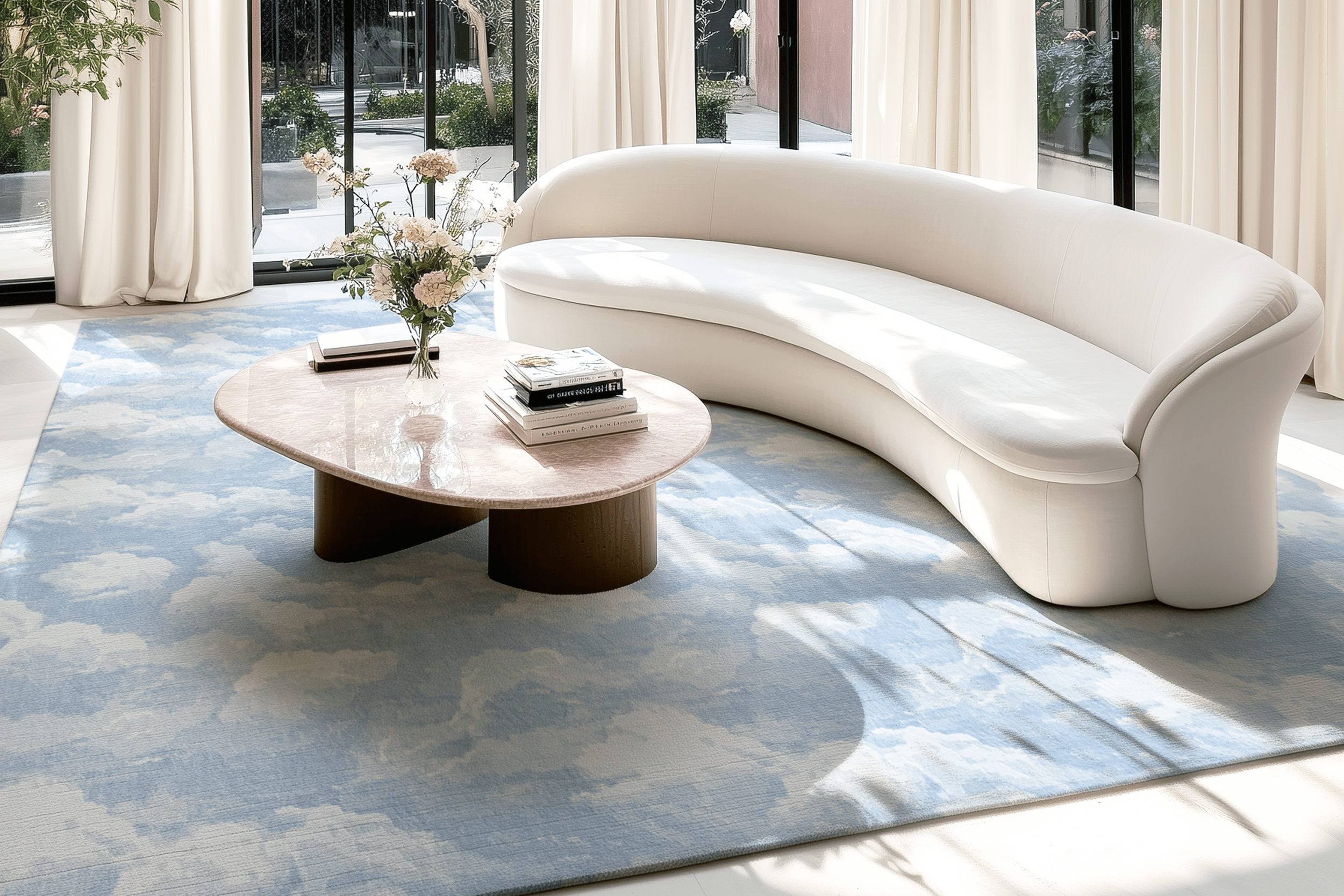5 Signs You Need to Resurface Your Fiberglass Pool

Fiberglass pools are increasingly becoming popular among homeowners, and it’s easy to see why. They are affordable, nice-looking, easy to build and install, and comparatively need less maintenance, making them an excellent choice for any home.
Besides these advantages, fiberglass swimming pools have some unique pitfalls. Your pool will, with time, require resurfacing regardless of the maintenance it receives. Here are five signs that your fiberglass pool needs professional resurfacing.
1. Spider-like cracks
Fiberglass pools are pretty vulnerable to cracks, particularly when they are old. As the gel on your pool crumbles, the pool’s shell will lose its ability to refract under pressure, leading to spider-like cracks. These cracks can also occur during manufacturing, shipping, or installation since the coat is very thin.
The cracks in your fiberglass pool could lead to structural problems or expensive leaks. The only way to remove this ugly sight is to resurface your pool completely. You may need to call in a pool builder or a professional pool resurfacing company such as Texas Fiberglass Pools.
2. Plaster flaking or peeling
The plaster peeling or flaking around the corners of your floor or steps is technically known as spalling. This usually occurs when your pool water sustains low calcium and pH levels, causing a soluble calcium compound (calcium hydroxide) to dissolve. This tends to happen under a floating chlorinator on the top step of a fiberglass pool. The most effective solution for this problem is resurfacing your pool. While resurfacing is the most effective solution for this problem, proper maintenance can help prevent spalling in the first place. By regularly testing and maintaining your water chemistry, you can ensure your pool's longevity and avoid costly repairs.
3. Rust stains on surfaces
Rust stains may start as small spots the size of pennies on the bottom of your fiberglass pool. Over time, these spots will expand into bigger stains and can lead to quite a mess. This could be caused by the oxidation of rebar or a tie wire in your pool shell.
While the repair will leave a visible patch on the floor or the pool’s wall, you can cut out and patch the affected area. However, consider resurfacing the entire pool for a smooth and clean fix, especially if there are too many rust stains.
4. Roughness
Fiberglass pools feel incredibly smooth after installation. However, your pool might develop a rough texture over time due to the chemical composition of the smooth outer surface. Your pool may also acquire a rough calcium deposit. Draining your pool and then acid washing and polishing can offer a temporary fix. However, it’s usually the most cost-effective solution than replastering your pool when the surface becomes rough.
5. Color deterioration
Your pool will have a beautiful blue or gray colored finish when it’s first installed. However, as time passes, your fiberglass may begin to fade and, over time, flake and chalk off into the water. This is caused by direct exposure to sun rays and is usually most noticeable on the top steps of the pool.
Proper pool maintenance and routine water treatment can help prevent color deterioration. However, for a long-lasting solution, consider adding a pebble or tile finish in more sensitive areas, such as pool steps.
Endnote
Don’t allow a few deteriorations to affect the beauty and functioning of your fiberglass swimming pool. If you notice any of these problems with your swimming pool, it’s time to schedule a professional assessment and inspection. Contact an experienced pool builder whether you want your fiberglass poor repaired or resurfaced.
Browse by Category

Design Projects
Explore interiors from client work and personal renovations — layered, livable, and always in progress.
read more →
Collaborations
From product launches to styled spaces, discover the brand stories I’ve helped bring to life.
read more →
The Notebook
A growing archive of iconic designers, inspiring artists, and unforgettable design moments.
read more →
Travel by Design
Wander with a designer’s eye — from charming hotels and city guides to visual inspiration abroad.
read more →




